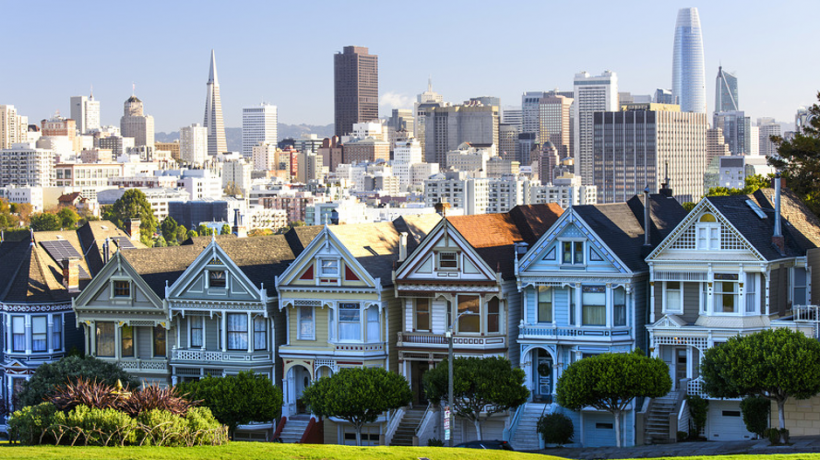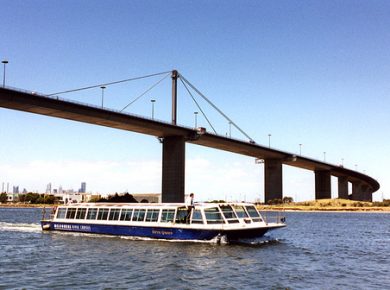Well please don’t. Leave their failed ideas there, please. Maybe learn from their failures and decide the things not to do in Australia? Enjoy the sights and the tastes of these often magical cities but invariably the cities chosen for “study” are not the ones we want to replicate, surely?
I once criticised a former civic leader who returned from a planning inspired tour to Vancouver, only to proclaim “we (Brisbane) should be more like Vancouver.” In fairness, the Vancouverites dishing out their own brand of kool-aid (it even has a name: “Vancouverism”) to our captive civic mission would not have mentioned Vancouver’s ignominious status as the world’s least affordable housing market at the time – something causing the Reserve Bank of Canada no end of worry. Nor would they have touched on the homelessness, nor the wide gulf between the haves (a select few inhabiting prestige precincts, including of late ex Royals Harry & Meaghan) and the have nots (basically the rest of Vancouver, which sprawls well beyond the downtown in a rigid grid of suburbia which the boosters do their best to ignore).
The same applies to the much-celebrated Portland, Oregon – something of a poster child for new urbanists but a city whose own residents don’t quite agree. Said one: “Portland is one of the dirtiest, trashiest, most litter-strewn cities I’ve ever seen. The city government is weak by design and totally ineffective and non-responsive. The schools are laughably bad. The police are ineffective – largely due to the mayor, and the state has insolvent pension funds despite the strongest economy most of us have ever experienced. Add a dose of “we’re better than anywhere” pretension and “we’re all so woke” self-satisfaction and you have one of the most irredeemable cities in the US.”
San Francisco likewise enjoys a reputation at odds with the reality: a city where housing is unaffordable for all but the most well-paid tech and finance barons, and where homelessness and crime are rampant according to many. The problem is so bad that an online “poop map” has been launched to record human faeces in the streets. Millennials are being priced out and even a number of tech giants and investment houses are moving away from the gilded city.
New York is likewise experiencing an exodus of people – estimated at 300 people per day. Gotham’s exorbitant housing costs, crime, poor schools, crumbling infrastructure and limited opportunity for working- and middle-class families are amongst the many reasons suggested. Famously in 2019, Amazon ditched New York as a base for its $2.5Bn “HQ2” for some 25,000 workers in a torrid war of words but at the core of which seemed to be the problem that few people on Amazon’s wages could afford to live there.
As for places like London or Copenhagen, which were laid out in the middle ages, could we possibly identify cities any less like Australia? Their geography, climate, social, economic, political and cultural traditions and norms are what makes them great places to visit, but hardly ones we would look to “for new ideas for Australia.”
So if these tourist destinations or boostered cities aren’t the places worth looking into (my opinion only of course), which ones are? For starters, I’ve suggested (many times) to one of the larger industry groups that they should look more closely at some of the US cities whose scale, governance and economic characteristics have more in common with us, but who (unlike us) are performing well on a range of metrics. Let’s learn from the cities that have maintained housing affordability while at the same time growing their economy, especially in the STEM and professional sectors. What are they doing to prove so attractive to people and companies currently fleeing California or parts of the east coast? How are they keeping congestion in check (if indeed they are)? How are they maintaining the level of service in health and education?
Here we’re talking cities like Houston, Austin, Dallas, San Antonio (all in Texas), Salt Lake City (Utah), Nashville (one of the fastest growing tech centres in the US), Boulder (Colorado), Raleigh (North Carolina), and more. None are really what you’d call tourist magnets but they are magnets for both talent and capital in the fiercely competitive US economy. How are their planning schemes handling growth while preserving affordability? What do their metropolitan governance structures tell us about attracting business investment and skilled workers? Do State Governments play a role and if so, what are they doing right? And what would we make of their liveability and quality of life?
Having visited Salt Lake City, San Antonio, Austin, and Houston on this list, I can say they have much in common with Australian cities, on the surface at least. Their downtowns are the equal or better of ours. Some of their urban spaces are inspiring and while there is also much not to admire, at least we’re not talking a “poop map.”
But it seems my suggestions have been falling on deaf ears and will likely continue to do so. Which means we will continue to feed at the same kool-aid filled trough, being backslapped by urban boosters who conveniently turn our attention away from glaring inequities or social dysfunction, pointing our gaze instead at the latest shiny, new and invariably very expensive example of “model” urban development or planning.
No wonder we’re in such strife.








